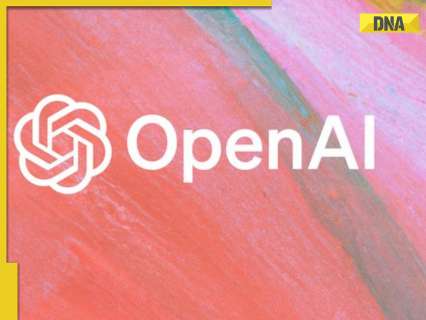
Deep research currently only supports text output. It will take between 5 and 30 minutes to return a result
Days after China’s DeepSeek disrupted the AI chatbot market, OpenAI has now added a new ‘deep research’ mode to its ChatGPT. It allows ChatGPT to carry out more complicated tasks, including preparing reports by browsing the web and finding thousands of sources far more quickly than a human worker. Deep Research is OpenAI’s second AI agent, after the launch of Operator AI for browser-related tasks last month.
Deep research currently only supports text output. However, OpenAI says it plans to add embedded images, data visualisations and other analytical output in the coming weeks. Reports suggest that deep research queries will take between 5 and 30 minutes to return a result, and the chatbot will send users a notification when their research is complete.
Powered by a version of OpenAI o3 optimized for web browsing and python analysis, deep research uses reasoning to intelligently and extensively browse text, images, and PDFs across the internet.
SoftBank, OpenAI set up joint company to push AI services
Japanese technology giant SoftBank Group and OpenAI stepped up their AI partnership Monday, setting up a 50-50 held company called SB OpenAI Japan. SoftBank Chief Masayoshi Son and OpenAI Chief Sam Altman appeared at an event in Tokyo, talking up their collaboration and inviting Japanese companies to join.
READ | Meet man, MBA graduate, who quit his Rs 2 crore job in US, returned to India to…
Altman said deep research will be available in Japan in the Japanese language. “This partnership with SoftBank will accelerate our vision for bringing transformative AI to some of the world’s most influential companies, starting with Japan,” said Altman. SoftBank and OpenAI, along with Oracle, are part of the Stargate project supported by President Donald Trump, investing up to $500 billion in artificial intelligence infrastructure in the United States.





